Table of Contents
- Understanding Near Visual Acuity
- Methods for Assessing Near Visual Acuity
- Factors Affecting Near Visual Acuity
- Common Eye Conditions Affecting Near Visual Acuity
- Importance of Regular Near Visual Acuity Tests
- Tips for Maintaining Good Near Visual Acuity
- Enhancing Near Visual Acuity
Understanding Near Visual Acuity
In this section, we explore the concept of near visual acuity, its definition, and how it affects our daily lives.
Methods for Assessing Near Visual Acuity
Here, we dive into the various methods and tests used to assess near visual acuity, such as the Snellen chart and Jaeger test.
Assessing near visual acuity is crucial for evaluating an individual's ability to see objects clearly at close distances. There are several methods commonly used by optometrists and ophthalmologists:
- Snellen Chart: The Snellen chart is one of the most commonly used tools for assessing visual acuity. It consists of several rows of letters, with each row progressively smaller than the previous one. The individual being tested reads the letters aloud, and their visual acuity is determined based on the smallest row they can read accurately.
- Tumbling E Chart: Similar to the Snellen chart, the Tumbling E chart uses the letter "E" in different orientations (upside down, right, left) instead of multiple letters. The individual being tested indicates the direction the E is facing for each row. This test is often used with young children or individuals who are unable to recognize letters.
- Jaeger Chart: The Jaeger chart is specifically designed for testing near visual acuity. It consists of paragraphs with progressively smaller text sizes. The individual being tested reads the paragraphs, and their visual acuity is determined based on the smallest text size they can read comfortably.
- Rosenbaum Pocket Vision Screener: This handheld device consists of various sizes of optotypes (letters or symbols) for assessing near visual acuity. The individual being tested holds the device at a comfortable reading distance and identifies the optotypes. The smallest optotype identified correctly determines their visual acuity.
- Near Card Test: The near card test involves using cards with different sizes of text or pictures held at a fixed distance from the individual being tested. They are asked to identify the text or pictures on each card, and their visual acuity is determined based on the smallest size they can identify accurately.
These are some of the commonly employed methods for assessing near visual acuity. Each method serves a unique purpose and may be chosen based on the individual's age, language proficiency, or ability to recognize specific letters or symbols.
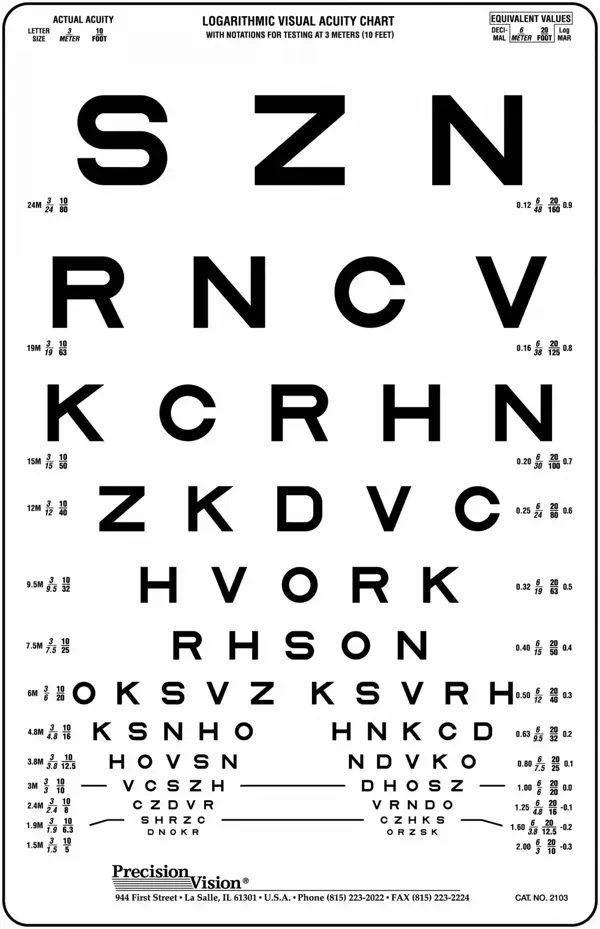
Factors Affecting Near Visual Acuity
We discuss the different factors that can impact near visual acuity, including age, refractive errors, and eye health.
Near Visual Acuity refers to the ability to see clearly and distinguish details of objects at close distances. Several factors can impact near visual acuity, including:
- Age: As individuals age, the lens in the eye becomes less flexible, making it harder to focus on close objects. This condition is called presbyopia and usually starts to occur around the age of 40.
- Eye Conditions: Various eye conditions such as astigmatism, nearsightedness (myopia), and farsightedness (hyperopia) can affect near visual acuity. These conditions can cause blurred vision at different distances, including up close.
- Eye Diseases: Certain eye diseases, like cataracts and macular degeneration, can negatively impact near visual acuity. Cataracts cause clouding of the eye's lens, while macular degeneration affects the central vision, making it difficult to see objects up close.
- Environmental Factors: Poor lighting, glare, and reflections can all decrease near visual acuity. Adequate lighting conditions and reducing glare can improve vision when working with objects up close.
- Health and Lifestyle: Overall health and lifestyle factors, such as proper nutrition and regular eye exercises, can contribute to maintaining good near visual acuity. Proper care of the eyes through regular check-ups and wearing corrective eyeglasses or contact lenses, if necessary, also play a significant role.
It is important to consult an eye care professional if you experience any difficulties with near visual acuity, as they can provide appropriate guidance and recommend necessary interventions.
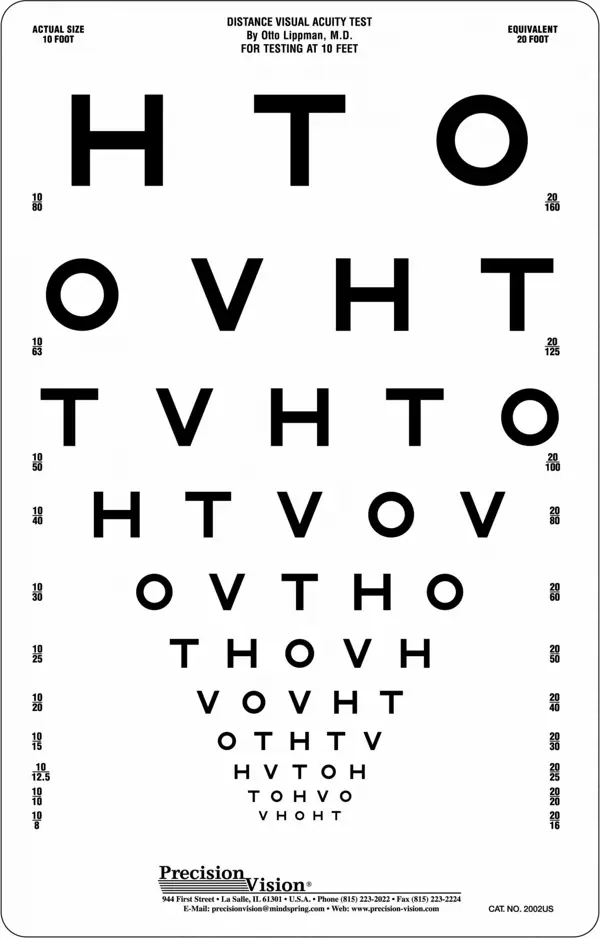
Common Eye Conditions Affecting Near Visual Acuity
This section focuses on prevalent eye conditions like presbyopia and astigmatism that can significantly affect near visual acuity.
1. Myopia (Nearsightedness)
Myopia is a common eye condition that affects near visual acuity. Individuals with myopia have difficulty seeing objects clearly at a distance, but can generally see close objects clearly. It occurs when the eyeball is slightly elongated, causing light rays to focus in front of the retina instead of directly on it.
2. Hyperopia (Farsightedness)
Hyperopia is another common eye condition that affects near visual acuity. Individuals with hyperopia have difficulty seeing objects up close, but can generally see distant objects clearly. It occurs when the eyeball is slightly shorter than normal, causing light rays to focus behind the retina instead of directly on it.
3. Presbyopia
Presbyopia is an age-related eye condition that affects near visual acuity. It commonly occurs after the age of 40 and results in the loss of ability to focus on nearby objects. This condition is caused by the natural hardening of the lens inside the eye, which makes it more difficult to change its shape and focus on close objects.
4. Astigmatism
Astigmatism is a common eye condition that affects both near and distant visual acuity. It occurs when the cornea or lens of the eye is irregularly shaped, causing blurred vision at all distances. Individuals with astigmatism may experience difficulty reading, driving, and performing other activities that require clear vision.
If you suspect you have any of these eye conditions affecting your near visual acuity, it is important to schedule an appointment with an optometrist for a comprehensive eye examination. They can determine the exact cause of your vision problems and recommend appropriate treatments or corrective measures.
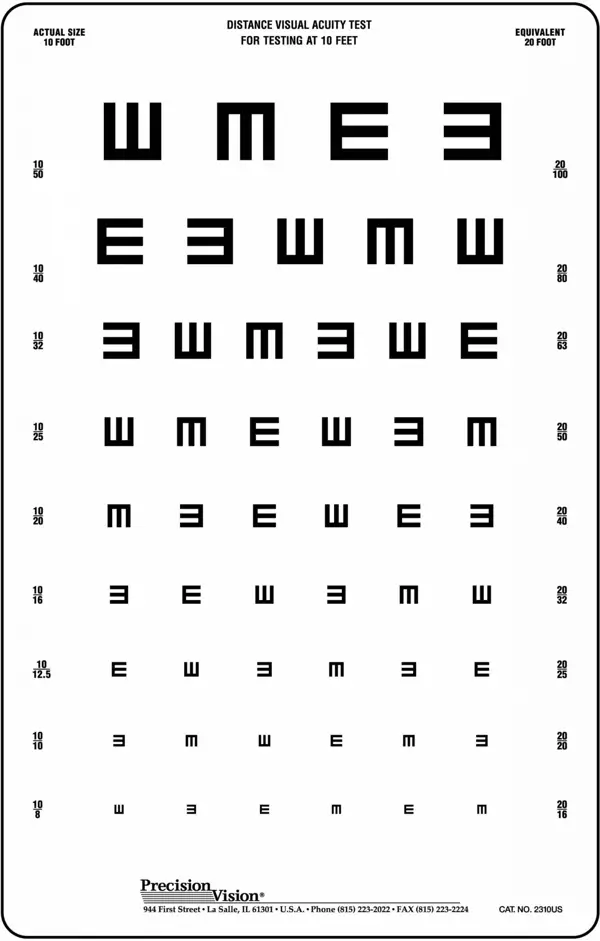
Importance of Regular Near Visual Acuity Tests
We emphasize the importance of regular near visual acuity tests and how they contribute to maintaining good eye health and vision.
Near visual acuity refers to the ability to see objects clearly at close distances. It is a crucial aspect of our visual health, particularly in tasks such as reading, writing, using electronic devices, and other activities that require focused near vision.
Regular near visual acuity tests play a significant role in maintaining optimal eye health and overall well-being. Here are some reasons why these tests are important:
- Detecting Refractive Errors: Near visual acuity tests help detect refractive errors like nearsightedness (myopia), farsightedness (hyperopia), and astigmatism. Identifying these issues early on allows for appropriate vision correction measures, such as prescription eyeglasses or contact lenses.
- Assessing Eye Fatigue: Continuous exposure to screens and near tasks can strain our eyes and lead to eye fatigue. Regular tests enable the assessment of eye fatigue symptoms like eye strain, dryness, or discomfort. If detected, appropriate measures like using blue light filters, taking frequent breaks, or adopting proper eye care techniques can be advised.
- Detecting Eye Health Conditions: Near visual acuity tests can also reveal potential eye health conditions such as dry eye syndrome, presbyopia, or age-related macular degeneration. Identifying these issues at an early stage can allow for timely treatment and management, preventing further complications.
- Evaluating Eye Muscle Coordination: These tests also evaluate the coordination of eye muscles, known as convergence and accommodation. Efficient eye muscle coordination is vital for comfortable and effortless near vision. Any abnormalities in muscle coordination can be identified through regular tests and appropriate measures can be taken to improve or correct it.
In conclusion, regular near visual acuity tests are essential for maintaining good eye health, preventing potential eye conditions, and ensuring comfortable near vision. It is recommended to undergo these tests at regular intervals, especially for individuals engaged in activities that require extensive near vision tasks.
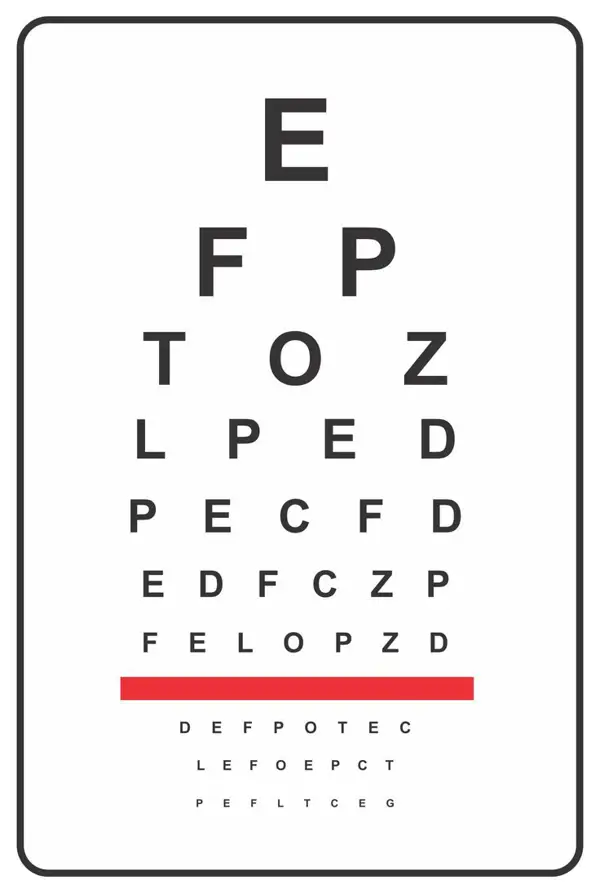
Tips for Maintaining Good Near Visual Acuity
Discover helpful tips and practices for keeping your near visual acuity in optimal condition.
Good near visual acuity is essential for tasks such as reading, writing, and working on electronic devices. Here are some tips to help you maintain and improve your near visual acuity:
- Practice eye exercises: Regularly perform eye exercises to improve eye muscles and increase focusing ability. Examples include shifting your gaze between near and distant objects, focusing on a pen moving closer and farther away, and tracing imaginary figures with your eyes.
- Proper lighting: Ensure adequate lighting when performing near tasks. Use a desk lamp with a bright but not glaring light source to reduce eye strain and enhance visibility.
- Take breaks: Give your eyes regular breaks when engaged in near work. Every 20 minutes, take a 20-second break and look at an object far away. This practice helps prevent eye fatigue and maintains visual acuity.
- Use proper ergonomics: Maintain a comfortable working position with your reading material or device positioned at a comfortable distance and angle. Adjust your seat and monitor to prevent neck, back, and eye strain.
- Limit screen time: Minimize prolonged screen time on electronic devices such as computers, smartphones, and tablets. Extended exposure to screens can lead to eye strain, dryness, and decreased visual acuity. Take regular screen breaks and follow the 20-20-20 rule: Every 20 minutes, look at an object 20 feet away for 20 seconds.
- Get regular eye check-ups: Visit an optometrist regularly for comprehensive eye exams. Early detection and treatment of any underlying vision issues can help maintain good near visual acuity.
By following these tips, you can improve and preserve your near visual acuity, allowing you to comfortably engage in near tasks with clarity and ease.
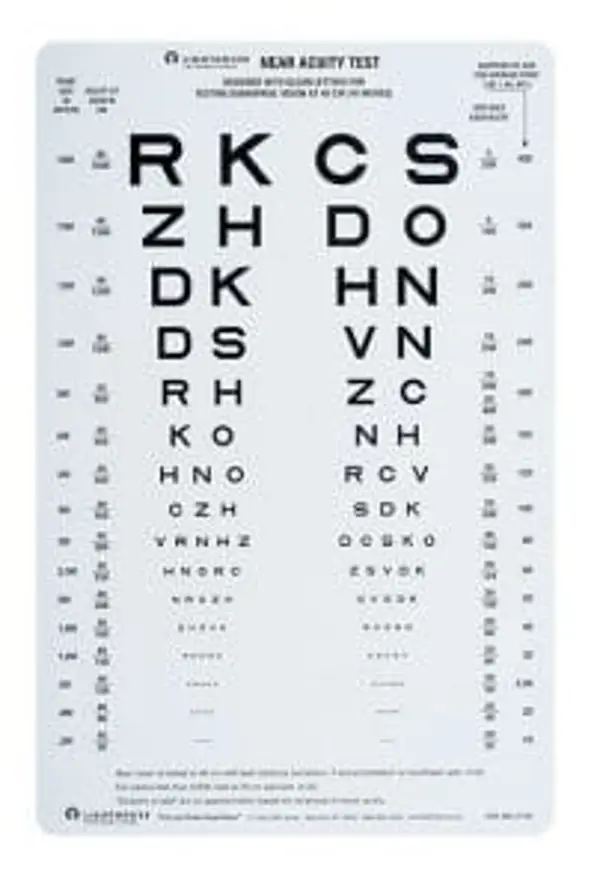
Enhancing Near Visual Acuity
We explore strategies and techniques that can aid in improving near visual acuity for those with suboptimal vision.
Near visual acuity refers to the ability of the eye to clearly see objects or text at close distances. Having good near visual acuity is important for various activities such as reading, writing, and using electronic devices.
Testing Near Visual Acuity
To assess near visual acuity, a standardized eye chart known as the near vision Snellen chart is commonly used. This chart contains lines of different-sized letters or numbers, with the largest at the top and progressively smaller as you move down. The individual being tested is asked to read the smallest line they can comfortably see without squinting or straining.
Enhancing Near Visual Acuity
If you have near vision problems, there are several strategies to enhance your near visual acuity:
- Corrective Lenses: Wearing prescription eyeglasses or contact lenses can help improve near visual acuity by adjusting the focusing power of the eye. An optometrist or ophthalmologist can determine the appropriate prescription based on an eye examination.
- Magnifying Devices: Utilizing magnifying devices such as handheld magnifiers, magnifying glasses, or electronic magnifiers can assist in enhancing near visual acuity. These devices enlarge the text or objects being viewed, making them easier to see.
- Illumination: Ensuring adequate lighting conditions can greatly improve near visual acuity. Using task lights, positioning the light source properly, and avoiding glare are essential for comfortable and clear vision at close distances.
- Proper Eye Care: Maintaining good eye health is crucial for optimal near visual acuity. Regular eye exams, proper nutrition, protecting the eyes from excessive screen time or harmful environments, and adopting eye exercises recommended by eye care professionals can help maintain or improve near visual acuity.
It is essential to consult with an eye care professional to determine the best approach for enhancing near visual acuity based on your specific vision needs. By implementing the right strategies, individuals with near vision problems can enjoy improved clarity and ease while performing close-up tasks.
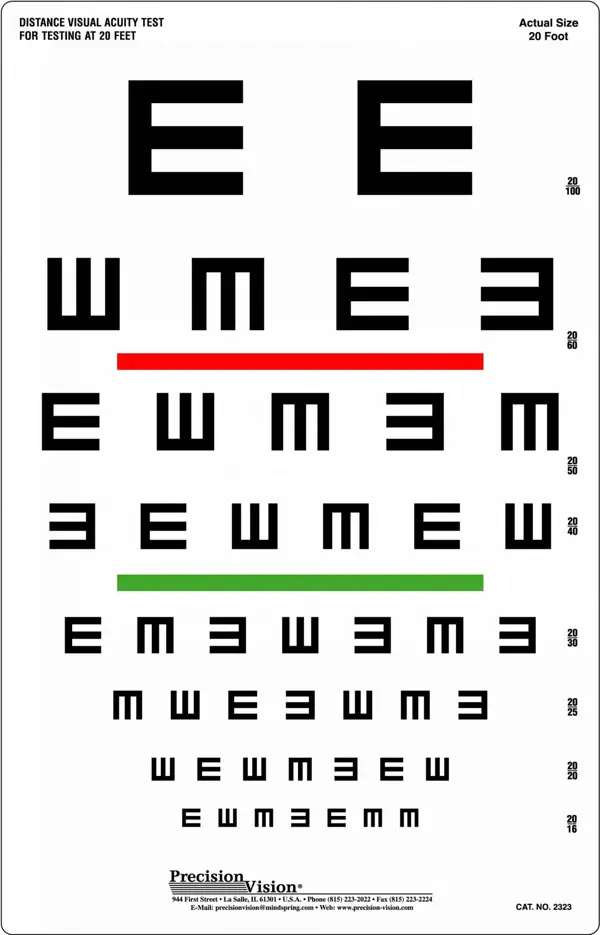
Key Takeaways
- Understanding near visual acuity is essential for assessing one's ability to see clearly at close distances.
- Various tests, such as the Snellen chart, help measure near visual acuity accurately.
- Age, refractive errors, and eye health can impact near visual acuity.
- Conditions like presbyopia and astigmatism commonly affect near visual acuity.
- Regular near visual acuity tests play a vital role in maintaining optimal eye health and vision.
- Following good eye care practices can help sustain and enhance near visual acuity.
- For individuals with vision impairments, there are techniques and tools available to improve near visual acuity.
Frequently Asked Questions (FAQ)
1. How often should I get my near visual acuity tested?
It is recommended to undergo a comprehensive eye examination, including near visual acuity testing, at least once every two years, or more frequently as advised by an eye care professional.
2. Can I improve my near visual acuity naturally?
While natural improvement may not be possible for everyone, following healthy eye habits, eating a balanced diet, and avoiding excessive eye strain can help maintain and enhance near visual acuity to some extent.
3. Are there any exercises to enhance near visual acuity?
Yes, there are exercises like focusing on nearby objects or using specialized eye-training apps that can potentially improve near visual acuity. However, it is best to consult with an eye care professional before attempting any exercises.



Recent Comments